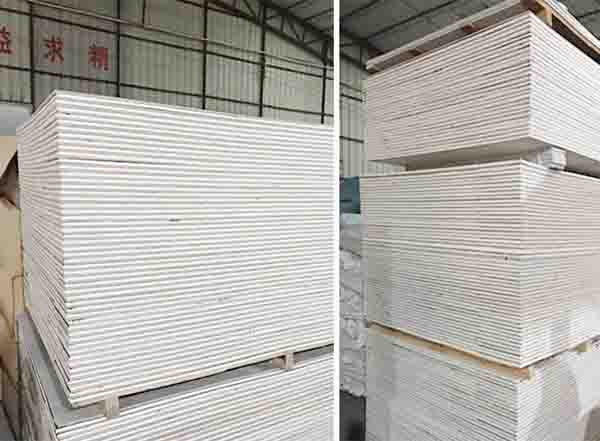When it comes to creating a comfortable and functional space, sound insulation is a key factor to consider. Whether it’s a residential or commercial building, sound insulation boards play a crucial role in reducing noise transmission and improving overall acoustics. In this blog, we will explore the importance of sound insulation boards in building design and how they can contribute to a better indoor environment.
Sound insulation boards, also known as acoustic panels or soundproofing boards, are designed to reduce the transmission of sound from one space to another. They are commonly used in walls, floors, and ceilings to create a more peaceful and comfortable indoor environment. In residential buildings, sound insulation boards can help reduce noise from neighboring units, while in commercial spaces, they can contribute to a more productive and pleasant working environment.
One of the key benefits of sound insulation boards is their ability to improve acoustics. By reducing the transmission of sound, these boards can help create a more balanced and pleasant sound environment, whether it’s in a home theater, conference room, or open office space. This can lead to better speech intelligibility, reduced reverberation, and an overall more enjoyable auditory experience for the occupants.
Another important role of sound insulation boards is in providing privacy and confidentiality. In spaces such as meeting rooms, healthcare facilities, and educational institutions, it’s essential to have a level of sound insulation that ensures that confidential conversations and activities remain private. Sound insulation boards can help achieve this by minimizing the transmission of sound through walls and partitions, allowing for a more secure and confidential environment.
In addition to their acoustic benefits, sound insulation boards also contribute to energy efficiency and thermal comfort. By reducing the transmission of sound, these boards can also help prevent the transfer of heat and cold, leading to a more consistent and comfortable indoor temperature. This can result in lower energy costs and a more sustainable building design.
When it comes to choosing the right sound insulation boards for a project, there are a few factors to consider. The thickness and density of the boards, as well as their installation location, will all have an impact on their performance. It’s important to work with a knowledgeable design team and supplier to ensure that the right products are selected and installed properly for maximum benefit.
Sound insulation boards play a crucial role in building design by reducing noise transmission, improving acoustics, providing privacy, and contributing to overall energy efficiency and comfort. Whether it’s a residential, commercial, or institutional project, these boards are an essential component in creating a more comfortable and functional indoor environment. By understanding their importance and investing in the right products, building designers can ensure that their projects meet the highest standards of sound insulation and acoustic performance.
Post time: Mar-08-2024





